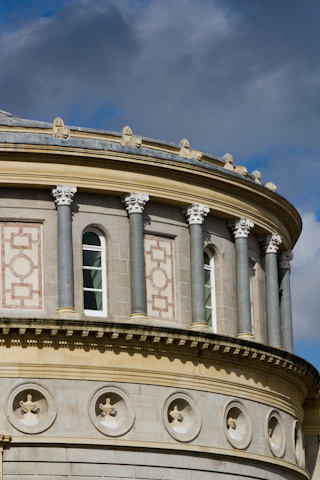
This is the rotunda of the National Museum. The museum was fantastic - beautiful gold jewelry and relics. There are several mummified human remains discovered in the fields of Ireland - some over 2000 years!!!! Beautiful Celtic metalwork like the famous gold and amber 1800th century Tara Brooch. Great Viking artifacts as well. old.
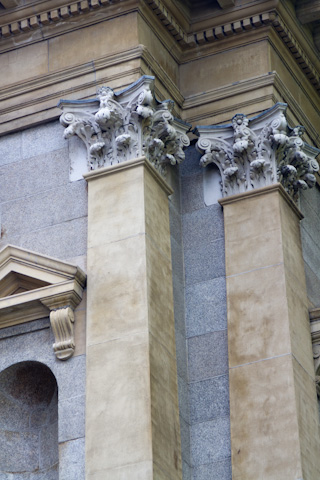
We also visited the National Gallery just around the corner. Very nice museum full of European masters: Vermeer, Caravaggio, Monet, and Picasso.
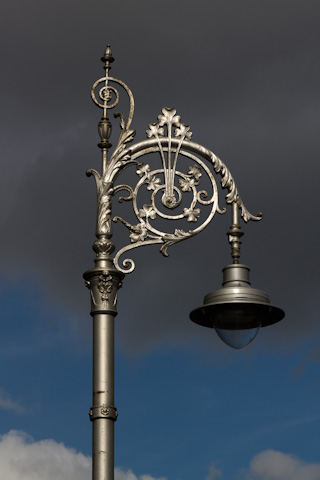
The streetlamps are so pretty - and the sky cooperated to make this picture.
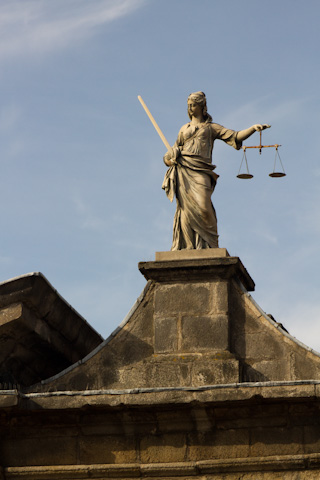
This statue of Lady Justice at Dublin Castle is interesting because she is not blindfolded and is looking at her sword. The Irish like to point out that the statue is looking into the seat of English rule and has her back to the Irish.
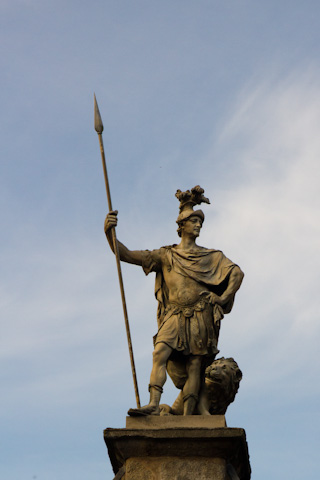
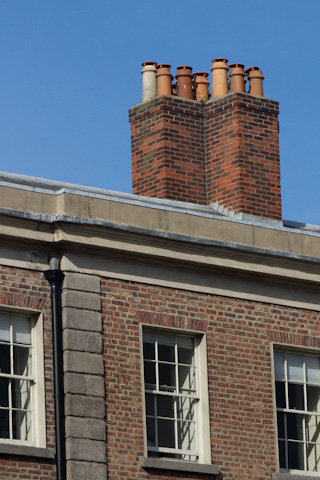
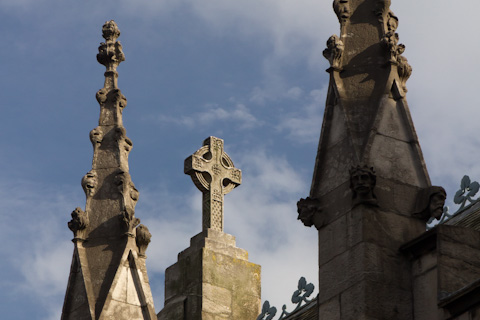
Most interesting is that the castle was built where the Liffey (fun to say) River and the Poddle River come together - making a black pool - or dubh linn in Irish - get it Dublin!!
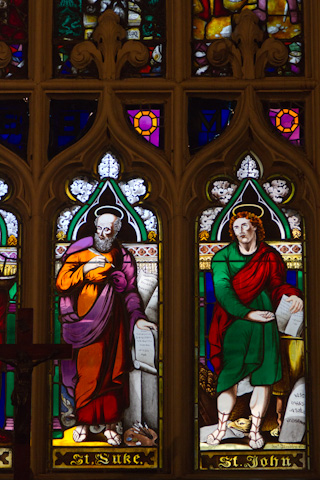
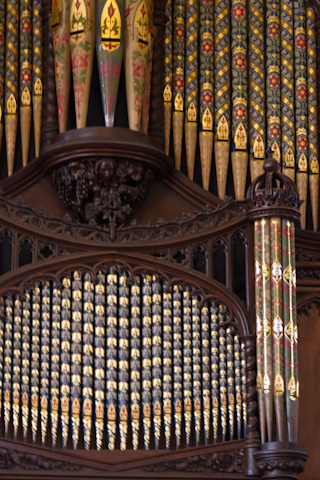
The large organ, still playable, is said to have been a gift from Prince Albert, consort of Queen Victoria. The wooden decoration contains a carved head in the center, which is said to be that of Turlough O'Carolan, the famous Irish composer.

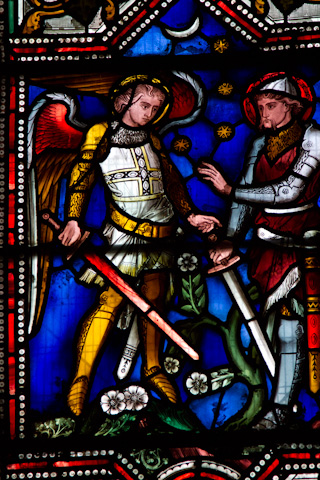
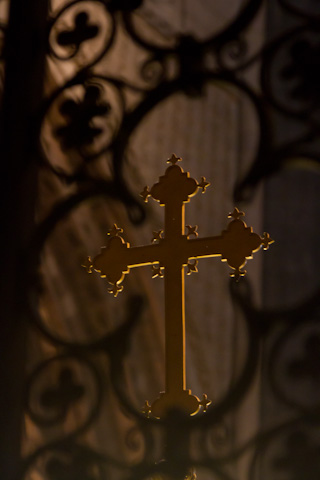
Christ Church is officially claimed as the seat of both the Church of Ireland and Roman Catholic archbishops of Dublin. The cathedral was founded sometime after 1028
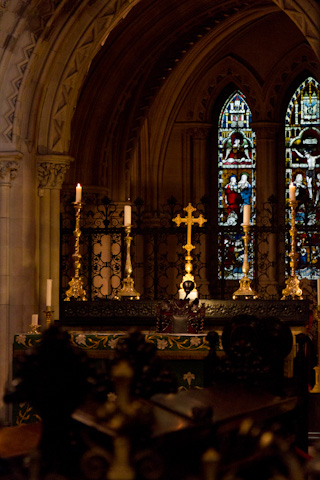
The Evensong was beautiful - the most interesting part was the dancing. Dancers moved among the aisles.
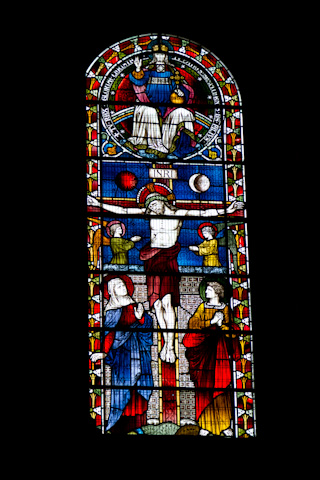
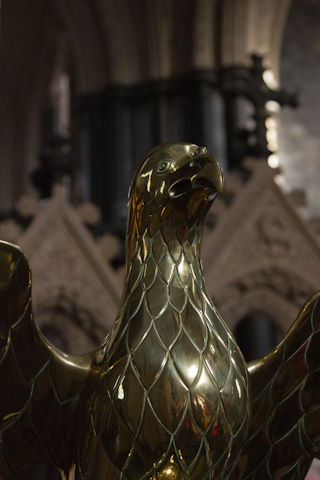
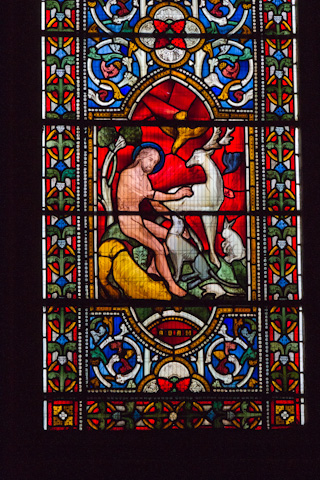
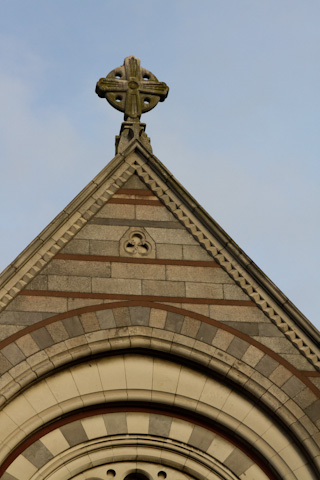
The church was built on the site where St. Patrick baptized local pagan converts. The building was built in the 13th century, however, a church has been at this location since the 5th century.
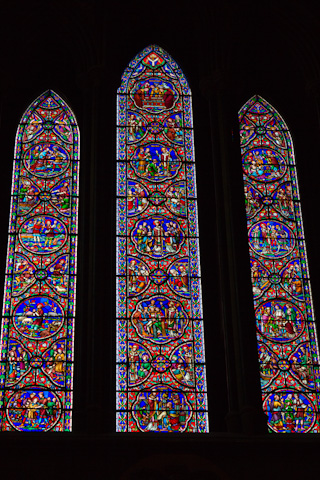
Saint Patrick's is the National Cathedral of the Church of Ireland, a member church of the Anglican Communion.

Saint Patrick's is the only remaining cathedral church in Ireland with a daily pattern of sung services.
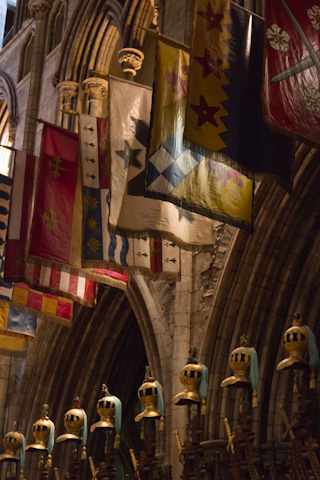
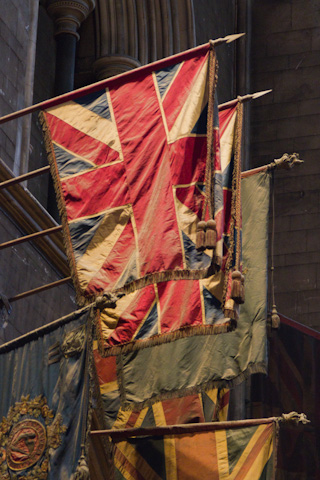
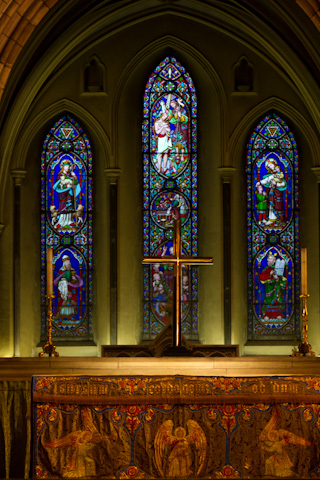
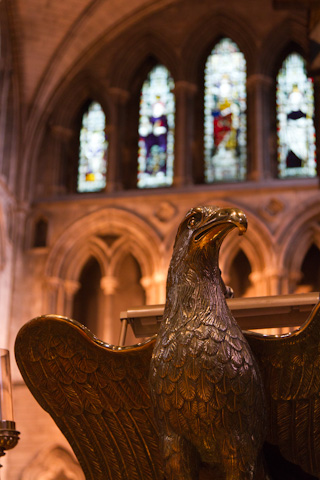
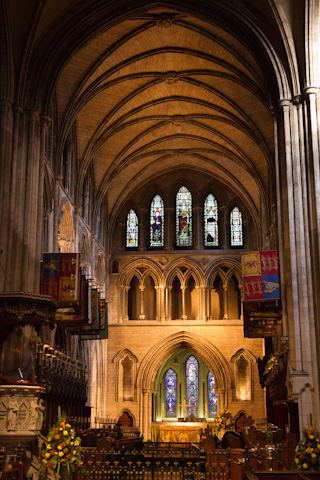
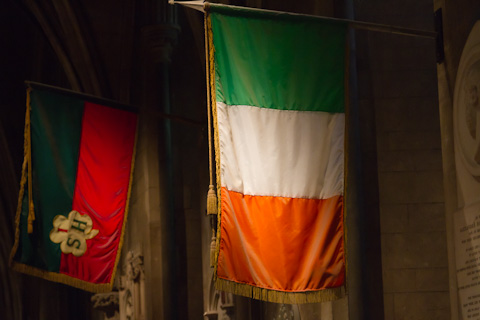
A long first day - Cal had pushed Virginia Ann a little too far. So time for some relaxing Irish style - we went to a nearby pub - The Duke - no website but by googling you will find it on 9 Duke Street. A great place to unwind - wonderful service and of course smooth beer. We went to dinner based on our favorite guide book - Rick Steves.